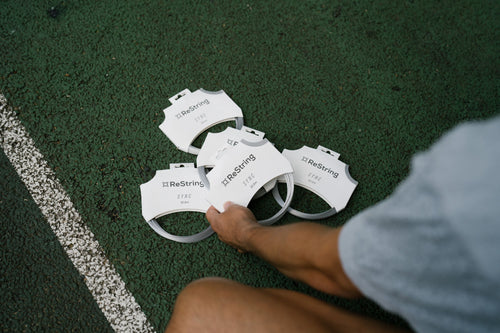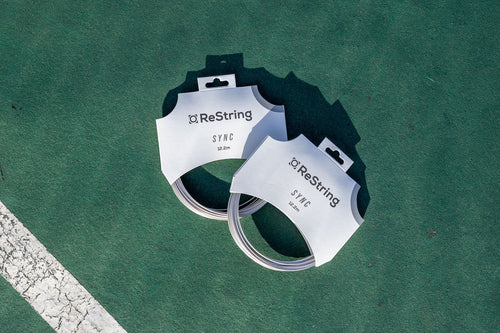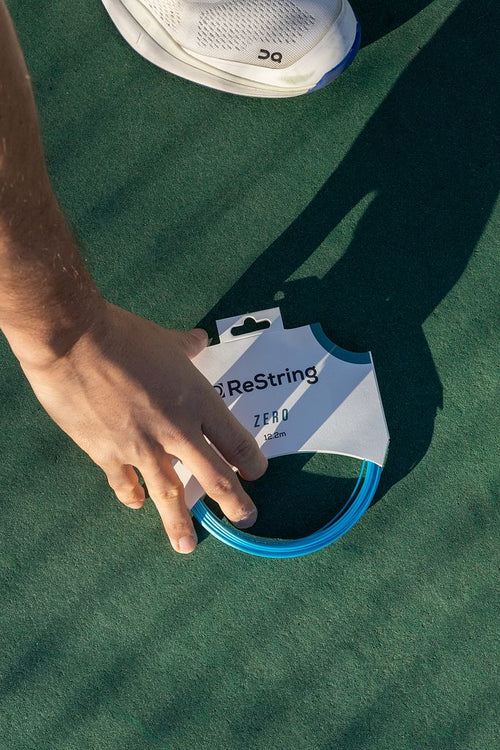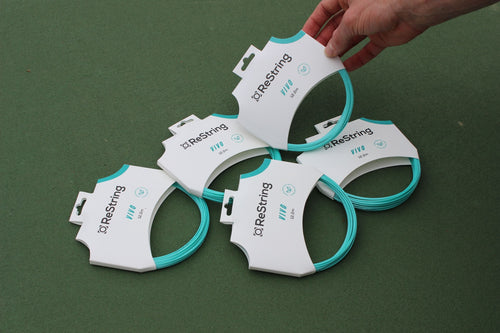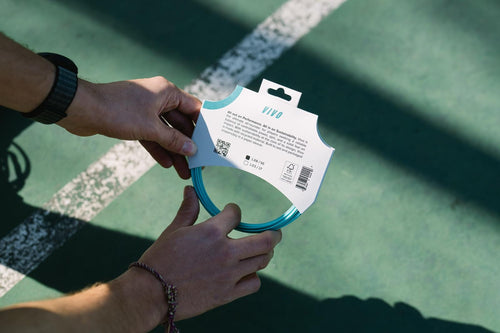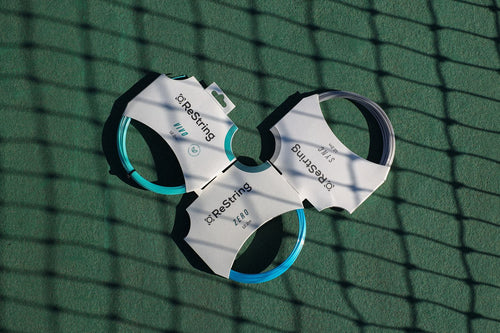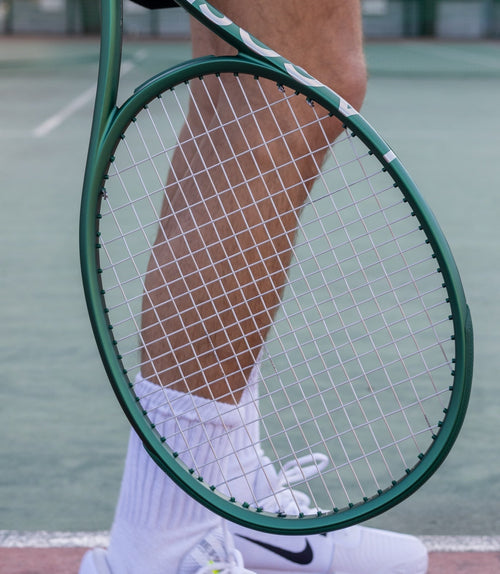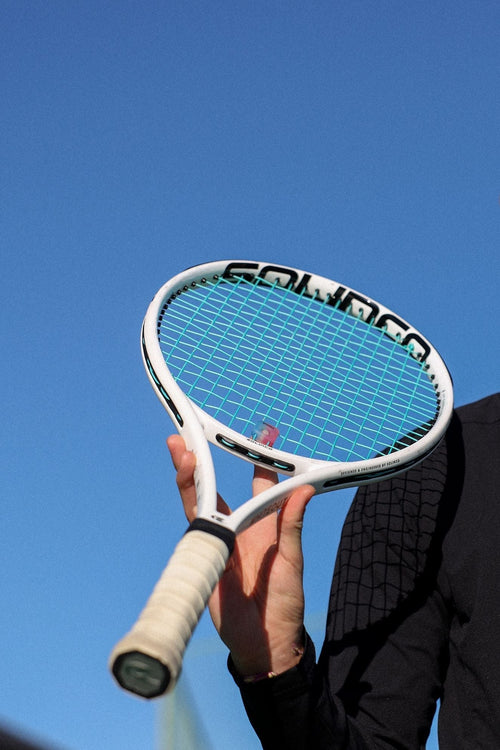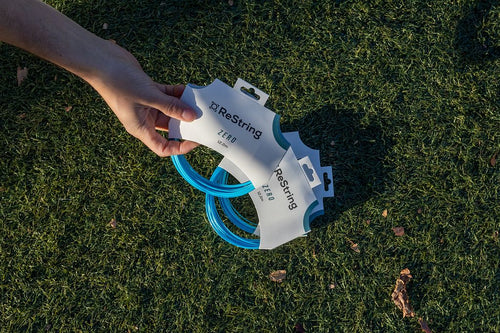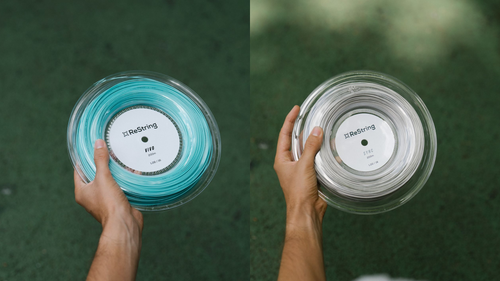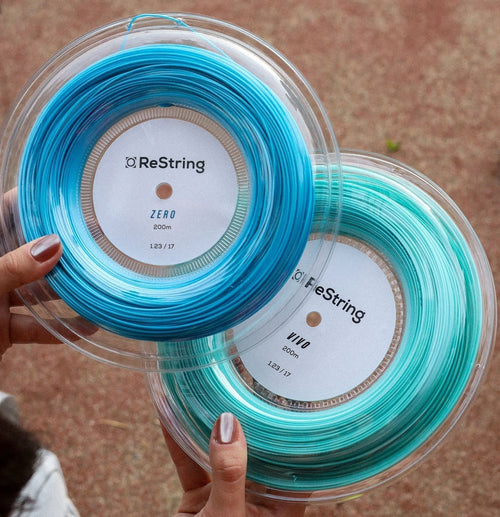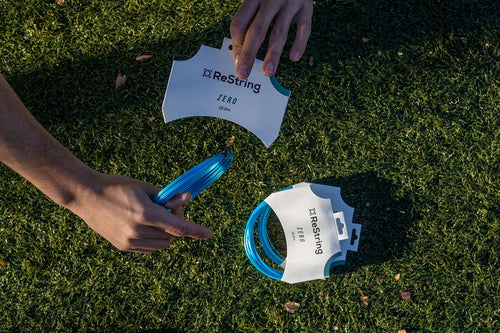The Evolution of Tennis String Coatings: Advantage ReString
Juan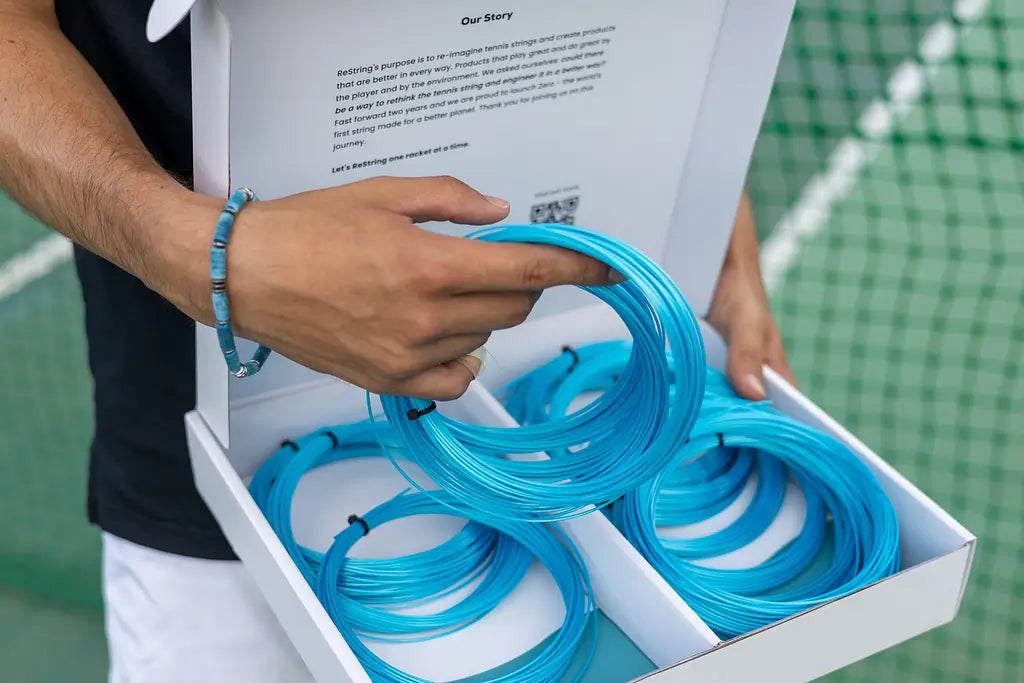
You've just restrung your racket, and it feels perfect.
Crisp, responsive, with that satisfying snap on every shot.
But within a few hours of play, something changes. Your poly strings don't feel quite as lively, your spin potential drops, and those perfectly placed shots start sailing long.
This frustrating performance drop-off has plagued tennis players for years. But that's changing.
Modern strings like Zero and Sync are pioneering a new approach to coating technology that's transforming how long poly strings maintain their playability.
In this article, you'll discover how string coating technology has evolved from basic surface treatments to sophisticated integrated solutions, and why next-gen strings are setting new standards for consistent, long-lasting performance.
Understanding Tennis String Coatings
When polyester strings first emerged as an alternative to natural gut, they needed coatings to address a fundamental issue: friction between the hard polyester strings.
These early coatings served as lubricants, making string movement smoother and reducing wear at string intersections.
The benefits of coated poly strings extend beyond just smoother movement. A well-designed coating enhances both performance and durability. When Babolat's RPM Blast first introduced its slick coating technology, it changed how players could generate spin. The coating allowed strings to slide and snap back more effectively, creating more spin potential on shots.
However, these traditional surface coatings had limitations. As you played, the coating would gradually wear away, leading to inconsistent performance. When fresh, your strings would play great - snapping back quickly and generating plenty of spin. But as the coating deteriorated, you'd experience reduced performance and faster string notching.
The next section explores how these early surface coatings were applied and the limitations of that approach.
Tennis string coatings emerged as a solution to friction problems in poly strings, revolutionizing spin potential but struggling with consistency over time.
First Generation: Surface Coatings
First-gen surface coatings on tennis strings worked similarly to paint on a wall. Manufacturers applied a thin layer of lubricant directly onto the exterior of the string. This coating sat on top of the string's surface rather than being integrated into the material itself.
Limitations of Surface Coatings
The main drawback of this approach is that the coating wore off unevenly across the string bed as players hit shots, leaving a mix of coated and bare polyester sections. This inconsistent surface affected performance and accelerated string wear, pushing manufacturers to develop better solutions.
Surface-applied coatings were like temporary band-aids. They wore off quickly and led to poor performance within a few hours.
Next Generation: Integrated Coatings
Instead of applying the coating on the surface, manufacturers now integrate the coating throughout the string's construction process. Think of it like mixing food coloring into dough vs painting the surface - the coating becomes part of the string's DNA rather than sitting on top.
Benefits of Integrated Coatings
This integration technology significantly extends the playable life of your strings. When you play with integrated coating strings like Zero and Sync, you'll notice they maintain their fresh feel longer. The string bed responds more consistently over time because the coating's benefits don't fade away with use. You get reliable performance from the first serve to the last point.
Manufacturers are now offering strings that maintain their playability for longer by integrating coatings into the string's core structure rather than the surface.
Industry Leading: ReString Coatings
Zero and Sync represent the latest advancement in tennis string coating technology. In independent testing, these strings demonstrate exceptional durability, with players reporting consistent performance well beyond poly strings with first-gen coatings and even other integrated coating strings.
Popular YouTube channel TennCom highlighted this longevity in their Zero Review, noting how the strings maintained their playability characteristics long after competing products showed significant wear.
ReString's Zero and Sync are at the forefront of coating technology, outperforming competitors in maintaining consistent playability.
Conclusion
Tennis string coatings have evolved from simple surface treatments to sophisticated integrated technologies.
Early surface coatings wore off quickly and unevenly, leading to inconsistent performance.
Modern integrated coating technology solves these issues by incorporating the coating more evenly throughout the string. This results in longer-lasting playability and consistent performance.
For strings that maintain their properties longer and let you focus on your game rather than frequent string changes, try Zero or Sync in your next string job.

